Baked salmon is one of those delightful dishes that combines health benefits with exceptional taste. This versatile fish is rich in omega-3 fatty acids, making it an excellent choice for anyone looking to improve their diet without sacrificing flavor. Whether you’re preparing a quick weeknight meal or hosting a special dinner party, this recipe for baked salmon will impress your family and friends alike.
In this article, we will guide you through the process of creating perfectly seasoned and juicy baked salmon. You don’t need to be a culinary expert to master this dish; our step-by-step instructions will help you achieve restaurant-quality results right in your kitchen. The aroma of fresh herbs and the beautiful presentation of this meal make it irresistible.
Beyond its delicious flavor profile, baked salmon is also incredibly adaptable. You can pair it with various sides like steamed vegetables or quinoa, making it easy to customize based on your preferences. So let’s dive into the details and discover how you can prepare this scrumptious dish at home!
Main Ingredients
Salmon Fillets
The star of the show is undoubtedly the salmon fillets. For this recipe, you’ll want around 1 pound (450 grams) of fresh or thawed salmon fillets. Look for fillets that are vibrant in color with little to no discoloration. Freshness is key; fresh fish will have a mild scent and firm texture.
Olive Oil
You’ll need about 2 tablespoons of extra virgin olive oil to keep the fish moist during baking while adding a rich flavor profile. Olive oil not only enhances the taste but also contributes beneficial monounsaturated fats that are good for heart health.
Fresh Herbs
For maximum flavor, use about 2 tablespoons each of fresh parsley and dill. These herbs complement the natural flavors of the salmon beautifully. Finely chop them before adding to your seasoning mix; they add a burst of freshness that elevates the entire dish.
Garlic
You’ll require 3 cloves of garlic minced finely for this recipe. Garlic adds depth and richness to your baked salmon while infusing it with aromatic goodness. Fresh garlic delivers more flavor than pre-minced options so opt for whole cloves when possible.
Lemon Juice
Freshly squeezed juice from 1 lemon brightens up the dish considerably by adding acidity that balances out the richness of the fish. Lemon juice not only enhances flavor but also acts as a tenderizer, making your salmon even more succulent.
Salt and Pepper
Use about 1 teaspoon of sea salt and half a teaspoon of freshly ground black pepper to season your fillets adequately. These simple seasonings bring out the natural flavors without overpowering them, allowing each component to shine through on your palate.
How to Prepare Baked Salmon
Preheat Your Oven
Start by preheating your oven to 375°F (190°C). This step is essential because cooking at the right temperature ensures even cooking throughout the fish without drying it out. Take time during this process to gather all necessary ingredients and tools such as baking sheets or parchment paper.
Prepare Your Baking Sheet
Line a baking sheet with parchment paper or lightly grease it with cooking spray or olive oil. Using parchment paper helps prevent sticking while making cleanup easier afterward. Ensure that your baking sheet is large enough to hold all fillets without crowding them; this allows proper air circulation during cooking.
Season Your Salmon
In a small bowl, combine olive oil, minced garlic, chopped herbs, lemon juice, salt, and pepper until well blended. Place your cleaned fillets on the prepared baking sheet skin-side down if applicable. Brush generously with the seasoning mixture ensuring every part gets coated evenly—this will infuse great flavor into every bite!
Bake in Preheated Oven
Put your seasoned salmon into the oven once it’s properly preheated! Bake for around 15-20 minutes depending on thickness until cooked through but still tender inside—the internal temperature should reach at least 145°F (63°C). Keep an eye on it; overcooking can lead to dryness which isn’t ideal!
Garnish Before Serving
Once out of the oven allow resting for about five minutes before serving! This helps redistribute juices throughout ensuring maximum moisture when plated up! Just before serving sprinkle some additional fresh herbs or lemon zest atop each piece as an elegant garnish giving off vibrant colors along with enticing aromas!
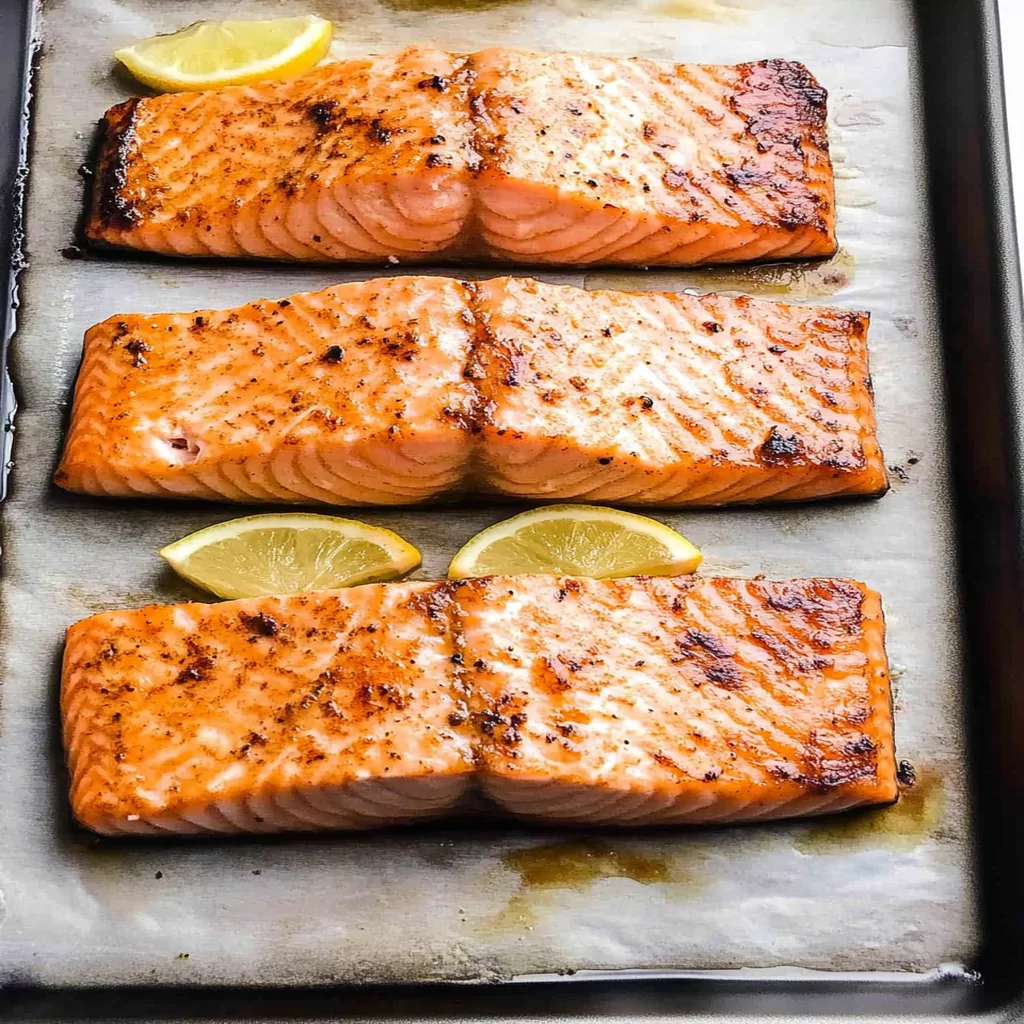
Serving and Storing Tips
Ideal Serving Suggestions
For serving suggestions consider pairing your baked salmon with steamed asparagus or roasted sweet potatoes—these sides enhance flavors while providing nutrition! If you’d prefer something lighter go ahead serve alongside mixed greens drizzled lightly in vinaigrette! A wedge of lemon can brighten up any plate adding both appeal visually & taste-wise enhancing overall experience!
Storing Leftovers Properly
If you have leftovers after enjoying this delicious meal there’s no need to worry! Simply let any uneaten portions cool completely before placing them in an airtight container—this helps maintain freshness over time! Refrigerate promptly within two hours post-cooking keeping leftovers good for up three days if stored correctly ensuring maximum quality each time you reheat!
Reheating Techniques
When ready enjoy leftovers reheating methods matter too! The best way would be using an oven set around 300°F (150°C); wrap lightly in foil preventing drying out during heating process keeping moisture intact! Alternatively microwaving works but use lower power settings ensuring gentle warming—keep an eye on temperatures preventing overcooking ruining textures developed initially upon first baking!
By following these guidelines not only will you be able savor every bite freshly made but also enjoy delightful meals later down line effortlessly thanks proper storage techniques!
Mistakes to avoid
When it comes to baking salmon, there are several common mistakes that can turn a delicious dish into a disappointing one. One major mistake is overcooking the fish. Salmon can dry out quickly in the oven if you leave it for too long. A good rule of thumb is to bake it until it reaches an internal temperature of 145°F. Use a reliable meat thermometer to check the temperature rather than relying on visual cues.
Another mistake is not seasoning the salmon adequately. Salmon has a rich flavor that can be enhanced with the right spices and marinades. Skipping this step may result in bland fish. Experiment with herbs, citrus, garlic, and even soy sauce or honey to elevate its taste.
Using the wrong type of pan is also a common pitfall. If you opt for a non-stick pan, you might find that your salmon sticks and breaks apart when you try to serve it. Instead, use a baking sheet lined with parchment paper or aluminum foil to make cleanup easy and ensure that your baked salmon maintains its integrity.
Lastly, many home cooks forget to let their salmon rest after baking. Letting the fish sit for five minutes after removing it from the oven allows the juices to redistribute, resulting in moist and flavorful bites. This simple step can make all the difference in your final dish.
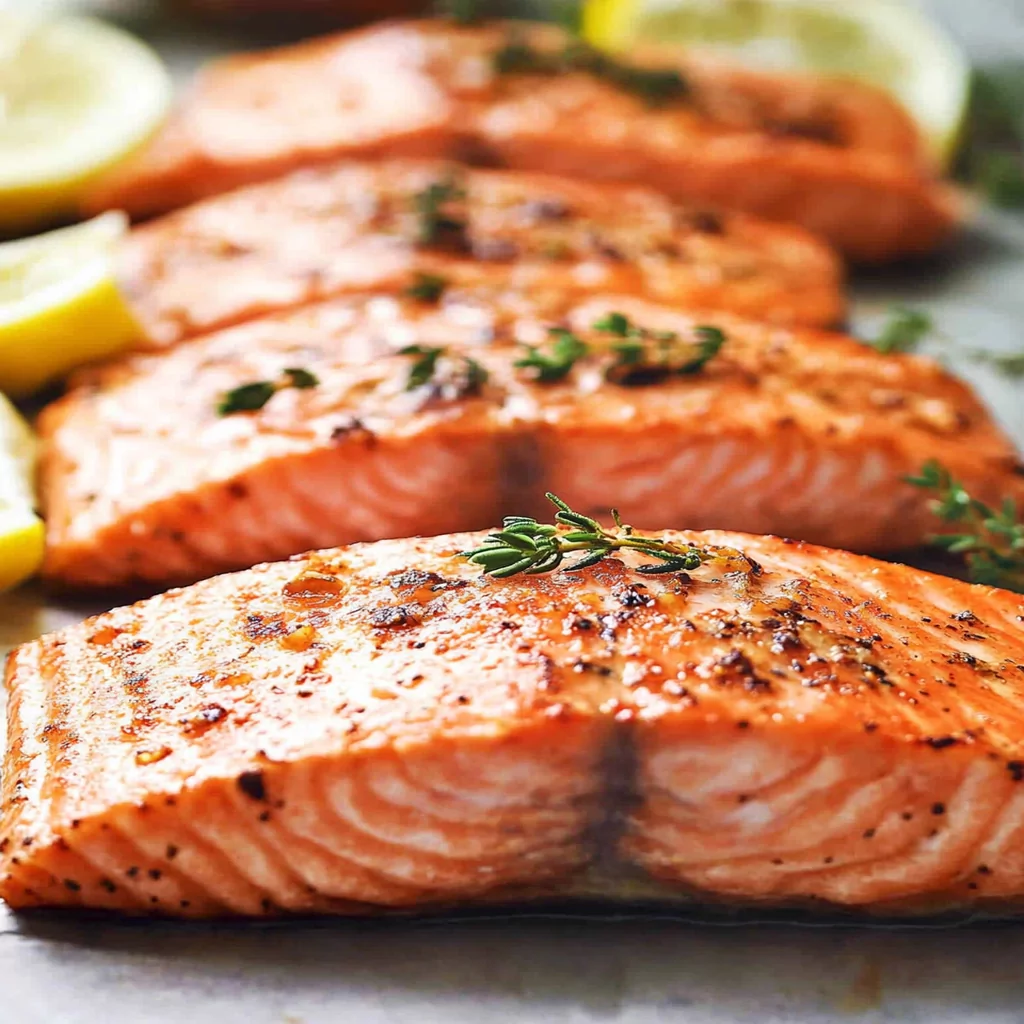
Tips and tricks
To achieve perfectly baked salmon, start by selecting high-quality fish. Freshly caught salmon will have a vibrant color and firm texture. If possible, purchase wild-caught salmon for better flavor compared to farmed varieties.
Preheat your oven before placing the salmon inside, as an adequately heated oven will help cook the fish evenly. Aim for a temperature between 375°F and 425°F; this range provides an excellent balance between cooking speed and moisture retention.
Consider marinating your salmon for at least 30 minutes before baking. A blend of olive oil, lemon juice, herbs, and garlic can enhance both flavor and moisture content. If time permits, letting it marinate overnight can deepen these flavors further.
Another useful tip is to cover your fish with foil during baking if you’re concerned about dryness. This method traps steam within the packet, which helps keep the salmon moist while ensuring it cooks evenly throughout.
Finally, experiment with different toppings before baking your salmon. A crust made from breadcrumbs mixed with herbs or nuts adds texture and flavor contrast that elevates your dish significantly.
Suggestions for baked salmon
For those looking to elevate their baked salmon dishes even further, consider pairing it with complementary sides that enhance its natural flavors while offering variety on your plate. For instance, roasted asparagus or Brussels sprouts drizzled with olive oil serve as excellent accompaniments due to their earthy flavors.
Serving baked salmon over a bed of quinoa or brown rice provides a nutritious base that absorbs any delicious juices from the fish. Add some chopped fresh herbs like parsley or dill for an extra burst of freshness.
You might also want to try different sauces to drizzle over your baked salmon just before serving. A simple lemon-dill sauce made with Greek yogurt adds creaminess without overwhelming the dish’s primary flavors.
Additionally, consider experimenting with various cooking methods such as wrapping your salmon in parchment paper or using cedar planks for grilling if you’re feeling adventurous. These methods infuse unique flavors while keeping moisture intact during cooking.
Lastly, remember that garnishing matters! Fresh slices of lemon or lime not only brighten up your plate but also provide acidity that balances out rich flavors beautifully.
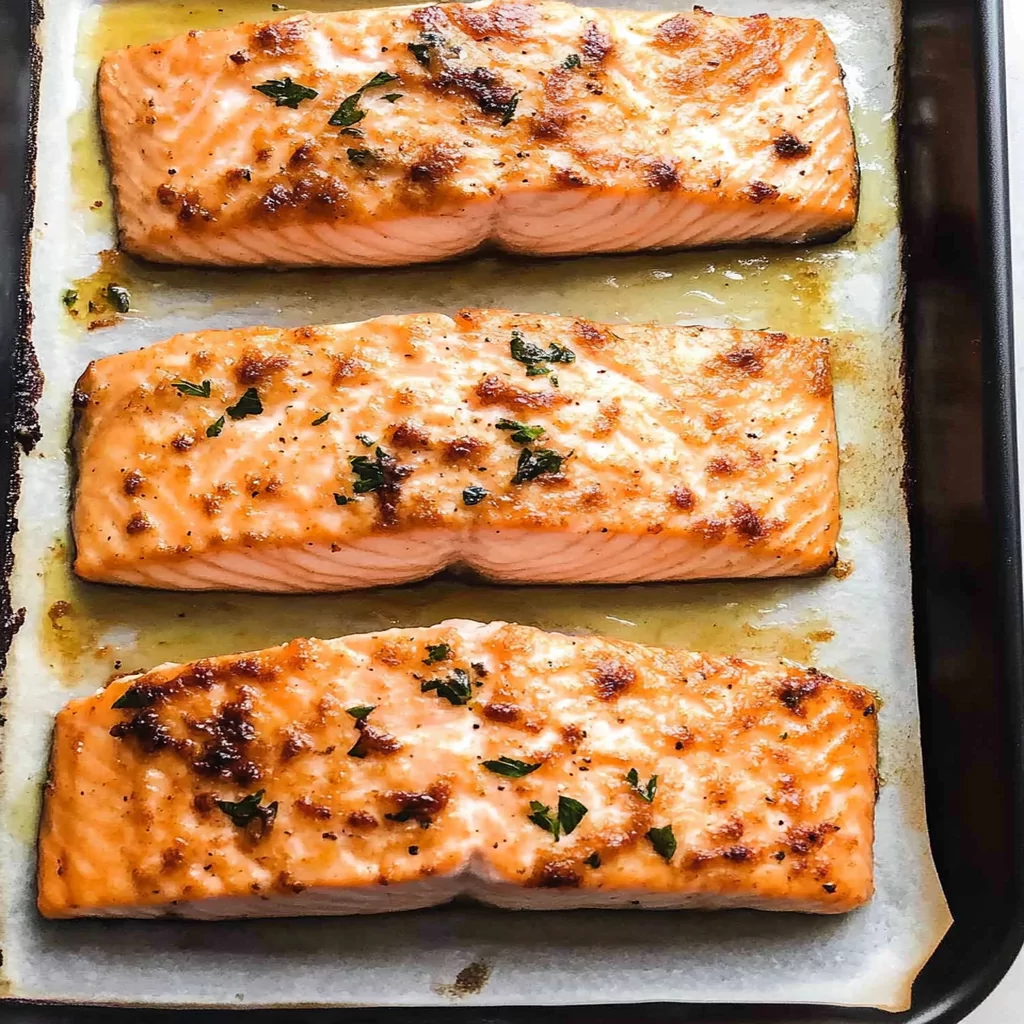
FAQs
What is the best temperature for baking salmon?
The best temperature for baking salmon typically falls between 375°F and 425°F (190°C – 220°C). Cooking at this range ensures even cooking while maintaining moisture in the fish. At 375°F, you can expect your salmon to take around 15-20 minutes per inch of thickness; however, cooking at higher temperatures will reduce this time significantly but may risk drying out your fillet if left too long in the oven.
How long should I bake my salmon?
Baking time varies based on thickness but generally ranges from 12-20 minutes per inch of thickness at around 400°F (200°C). The ideal way to know if it’s done is by checking its internal temperature; it should reach 145°F (63°C). Keep in mind that thicker cuts will require more time than thinner ones—so adjust accordingly!
Can I bake frozen salmon?
Yes! You can bake frozen salmon without thawing it first; however, you’ll need to adjust baking times slightly longer—typically about 50% more than fresh or thawed fillets would take at similar temperatures (approximately 20-30 minutes). Ensure you check its internal temperature reaches 145°F before serving.
How do I know when my baked salmon is done?
The best way to determine if baked salmon is done involves checking its internal temperature using a meat thermometer—it should read 145°F (63°C). Alternatively, gently flake apart portions with a fork; if they separate easily but remain slightly translucent inside without being raw—the fish is likely cooked through but still tender.
What sides go well with baked salmon?
Baked salmon pairs wonderfully with various sides! Consider light salads dressed in vinaigrette, roasted vegetables like asparagus or Brussels sprouts drizzled with olive oil, grains such as quinoa or rice pilaf infused with herbs—these options complement its rich flavor profile beautifully!
Can I store leftover baked salmon?
Yes! If stored correctly in an airtight container within two hours after cooking—leftover baked salmon remains good up until three days refrigerated! Reheat gently using low heat settings when ready—avoid overheating as this may further dry out previously succulent fillets!
Conclusion
In summary, mastering baked salmon requires attention to detail regarding cooking temperatures and times along with proper seasoning techniques for optimal flavor enhancement! Avoiding common mistakes such as overcooking ensures each bite remains juicy while applying helpful tips like marinating enhances overall taste profiles effectively! Remember always to consider complementary sides which elevate meals while leaving room for creative experimentation through diverse methods like wrapping packets or grilling options available too! With these insights under your belt—you’re now ready for success every time you prepare deliciously baked Salmon at home!
Print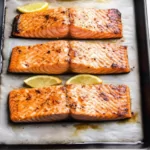
Easy Baked Salmon Recipe for Beginners
- Prep Time: 10 minutes
- Cook Time: 20 minutes
- Total Time: 30 minutes
- Yield: Serves 4
Description
Indulge in the exquisite flavors of baked salmon, a dish that effortlessly combines health benefits with mouthwatering taste. This recipe is perfect for beginners, delivering tender, juicy salmon infused with aromatic herbs and zesty lemon. Ideal for weeknight dinners or special occasions, this easy-to-follow guide will have you impressing family and friends in no time.
Ingredients
- – 1 lb (450g) salmon fillets
- – 2 tbsp extra virgin olive oil
- – 2 tbsp fresh parsley, chopped
- – 2 tbsp fresh dill, chopped
- – 3 cloves garlic, minced
- – Juice of 1 lemon
- – 1 tsp sea salt
- – 0.5 tsp black pepper
Instructions
1. Preheat your oven to 375°F (190°C).
2. Line a baking sheet with parchment paper or lightly grease it.
3. In a bowl, mix olive oil, garlic, herbs, lemon juice, salt, and pepper.
4. Place the salmon fillets on the prepared sheet skin-side down. Brush evenly with the seasoning mixture.
5. Bake for 15-20 minutes until the salmon reaches an internal temperature of 145°F (63°C).
6. Let it rest for 5 minutes before serving.
Notes
For added flavor, marinate the salmon for 30 minutes before baking. Pair with steamed vegetables or quinoa for a complete meal.
Nutrition
- Calories: 300
- Fat: 17g
- Carbohydrates: 2g
- Protein: 34g

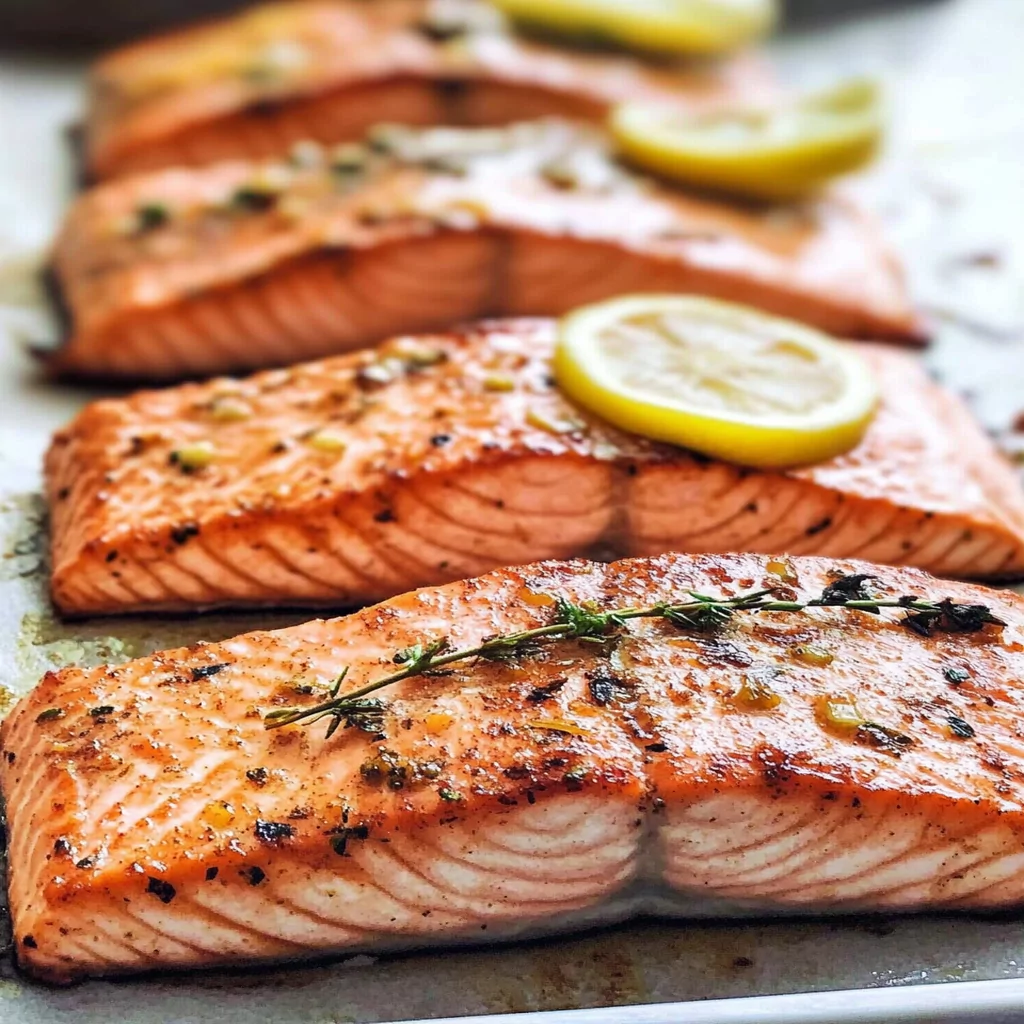
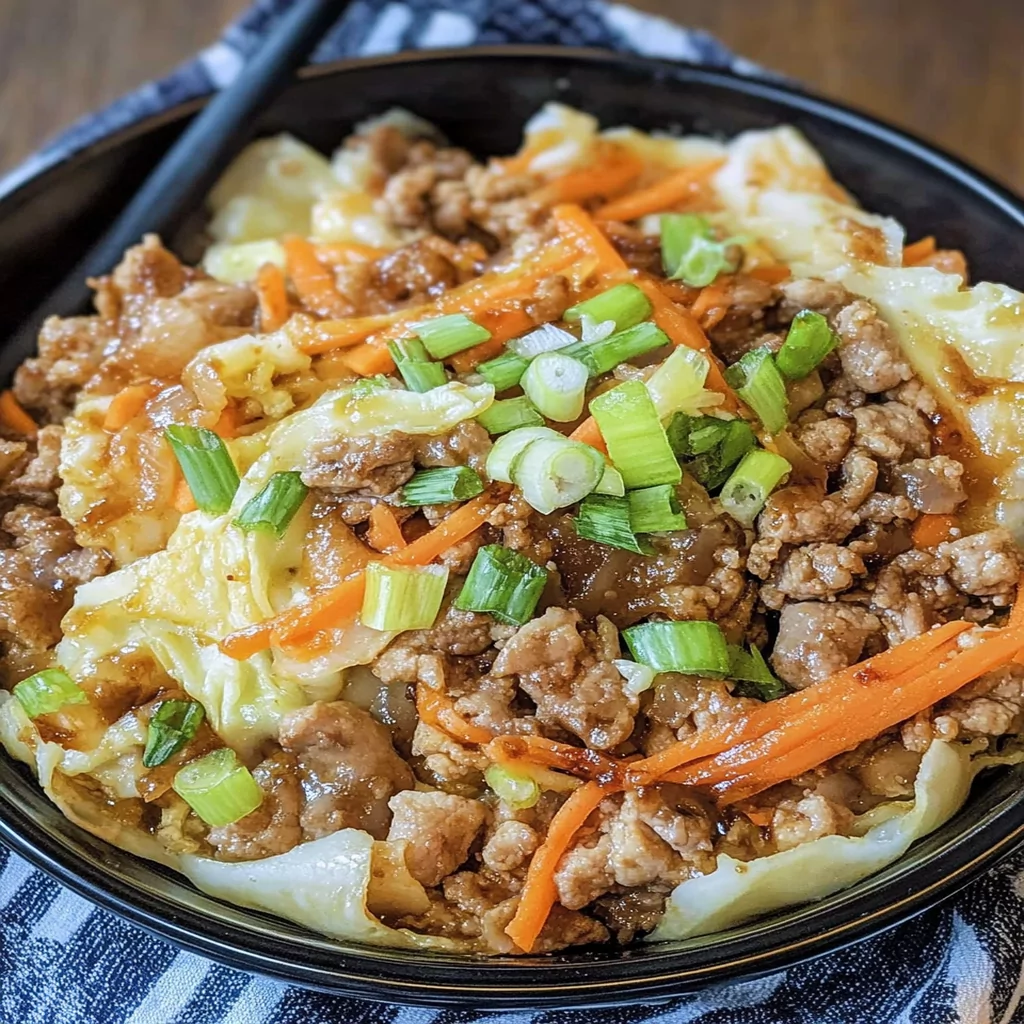
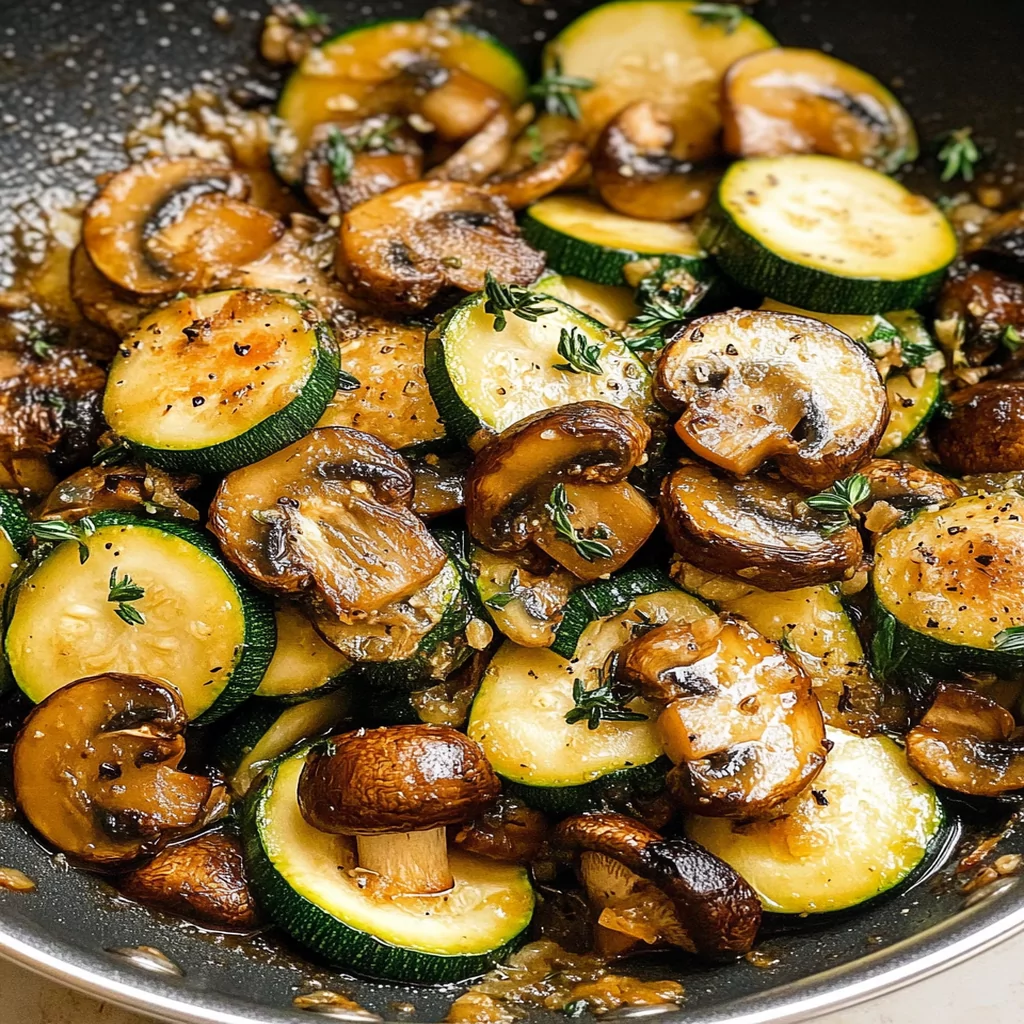
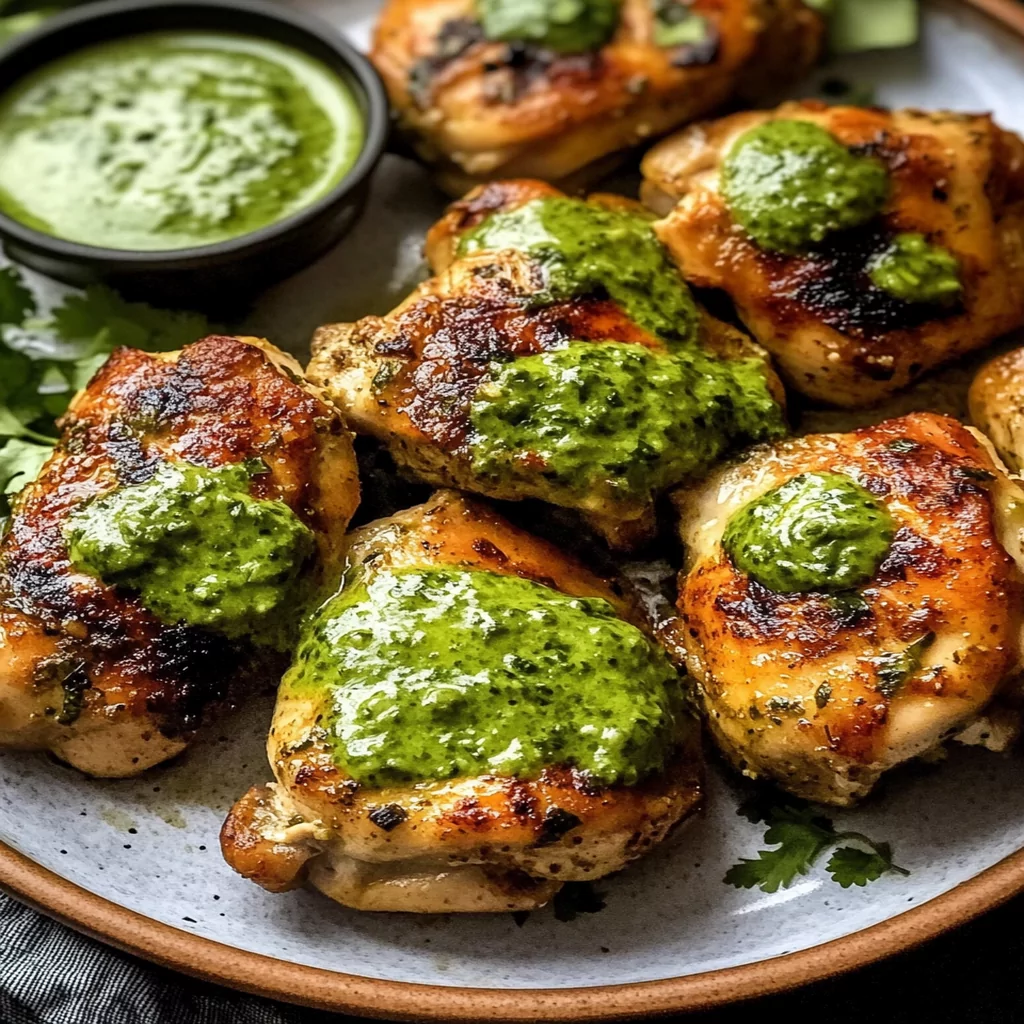
Leave a Comment